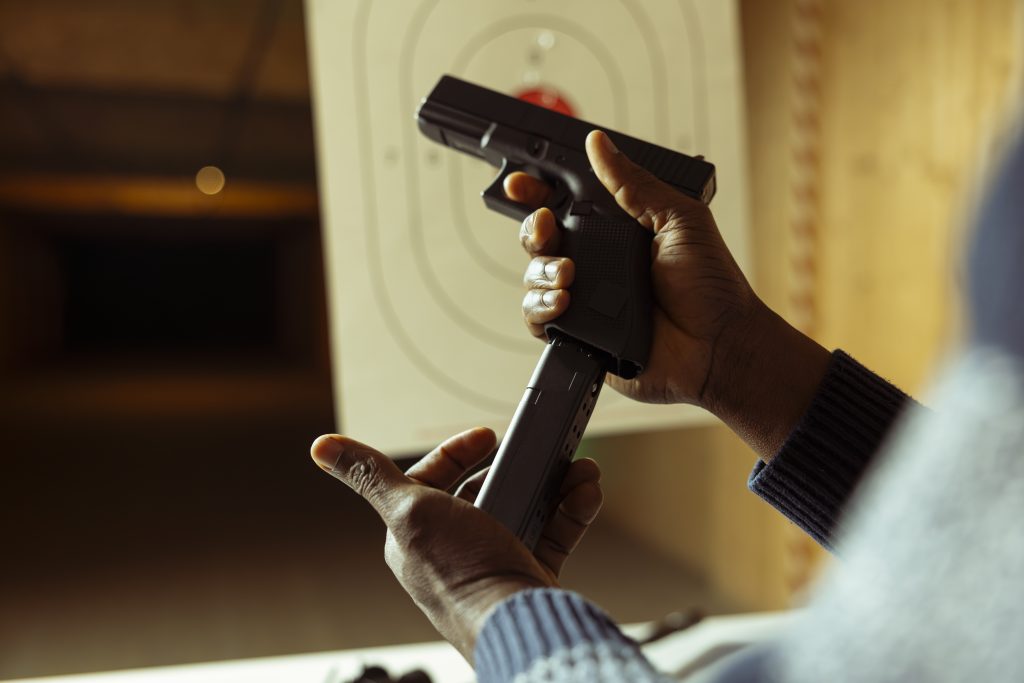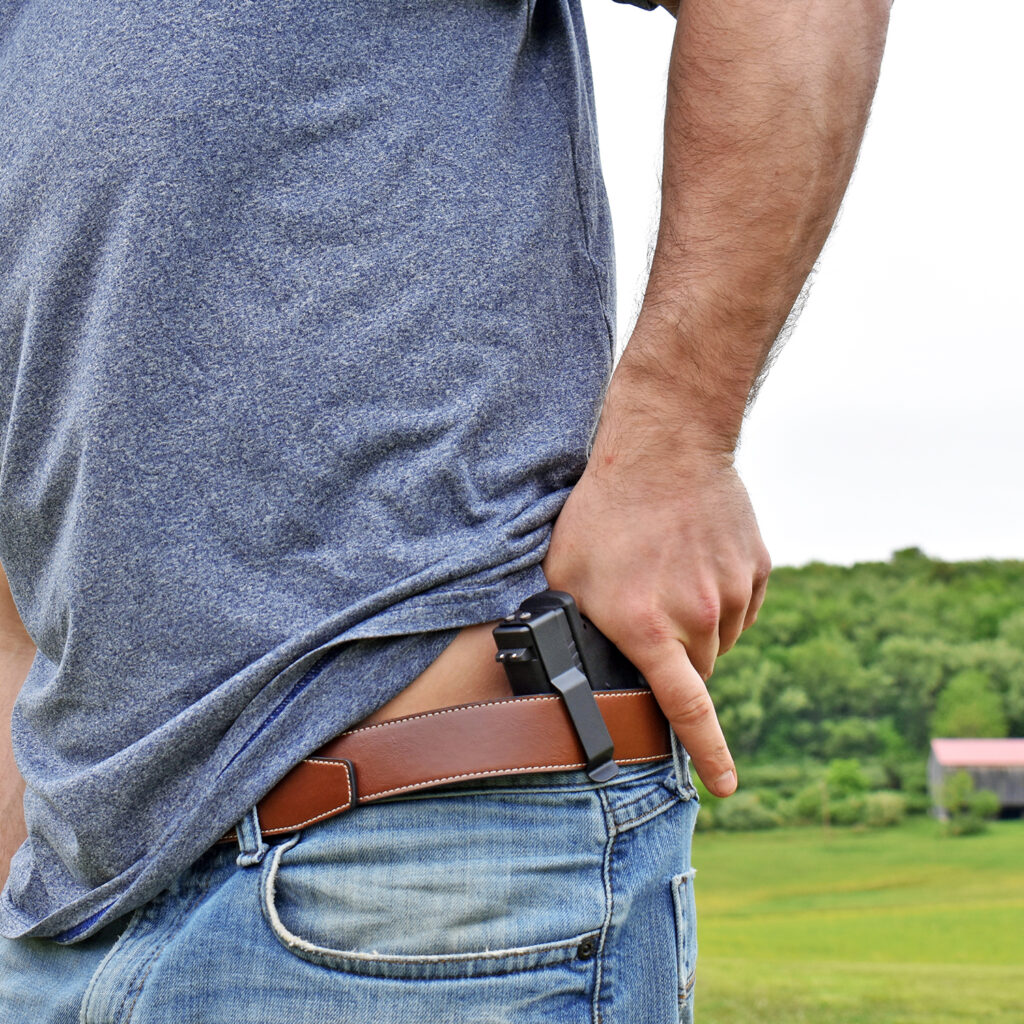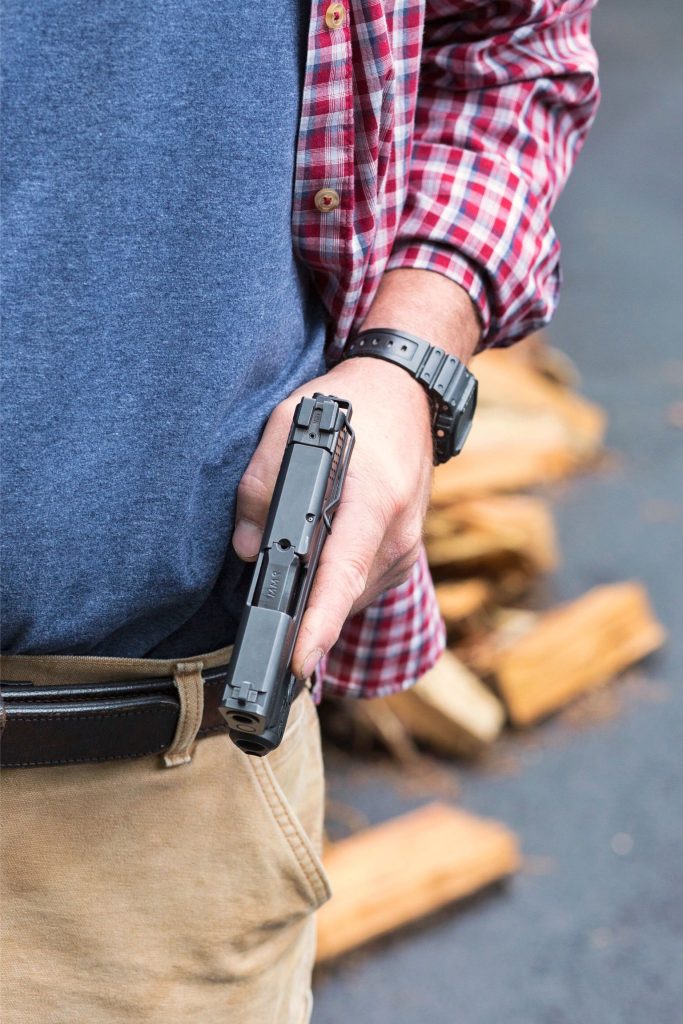In a world where personal safety is a serious concern for many individuals, addressing the challenges faced by individuals with physical impairments when it comes to safely operating firearms is incredibly important.
Conditions such as arthritis can significantly impact a person’s ability to handle a gun effectively, potentially limiting their capacity for self-defense.
However, with innovation and thoughtful design, firearm solutions for individuals with arthritis and other conditions can empower them and ensure their safety.
Below, we’ll take a look at some of the challenges this group faces and highlight some of the gun designs and products that are making a difference in the lives of these individuals.
Overcoming Grip Strength and Dexterity Challenges
One of the primary issues individuals with arthritis encounter is reduced grip strength and dexterity. Arthritis affects joints, leading to pain, stiffness, and limited range of motion. These symptoms make it difficult to hold and control a pistol effectively.
Solutions: Ergonomic Grips and Adaptive Devices
- Designing firearms with ergonomic grips can provide a more comfortable and secure hold. These grips can be customized to accommodate various hand sizes and shapes, reducing strain on the joints and enhancing control.
- Utilizing adaptive devices can assist individuals with weaker grip strength. These devices can be attached to firearms, improving stability and control while reducing the strain on the user’s hands and wrists. For instance, Clipdraw’s charging handles are designed to overcome the difficulty of racking the slide and provide relief for weak, tired, or painful hands and fingers.
Addressing Firearm Weight and Maneuverability
Firearms can be heavy, making them challenging to handle for individuals with physical impairments. This issue becomes particularly relevant when aiming, maintaining stability, or reloading.
Solutions: Lightweight Materials and User-Friendly Features
- Exploring the use of lightweight materials without compromising the structural integrity of firearms can be an inclusive response. This modification would reduce the overall weight of firearms, making them more manageable for individuals with physical limitations.
- Incorporating extended magazines and easy-to-access features like ambidextrous controls can assist individuals with arthritis. These firearm design modifications minimize the need for frequent reloading and enhance maneuverability during crucial moments.
Improving Trigger Operation
The requirement to apply force and pressure on the trigger or safety can be problematic for individuals with arthritis and other conditions, causing pain and discomfort. This challenge hinders their ability to aim accurately and react swiftly.
Solutions: Adjustable Trigger Mechanisms and Alternative Safety Systems
- Implementing firearms with adjustable trigger mechanisms can allow users to decrease the amount of force required to activate the trigger. This adjustment can accommodate individuals with weaker finger joints, facilitating smoother and more controlled shooting.
- Using alternative safety systems could also be an effective solution when dexterity becomes an issue. These trigger guard systems use simple and safe trigger protection to prevent accidental discharge, eliminating the need for fine motor movements that might delay a quick draw.
Empower yourself today with Clipdraw
Recognizing the challenges faced by individuals with arthritis and other physical impairments in accessing and operating firearms is crucial for ensuring their safety and empowerment.
By addressing issues related to grip strength, dexterity, weight, maneuverability, and trigger operation, manufacturers can design firearms that are more inclusive and accessible.
At Clipdraw, we are committed to supporting individuals with physical impairments by providing innovative solutions like our charging handles. Explore these products and our other accessories designed to enhance your firearm experience and ensure your safety.


